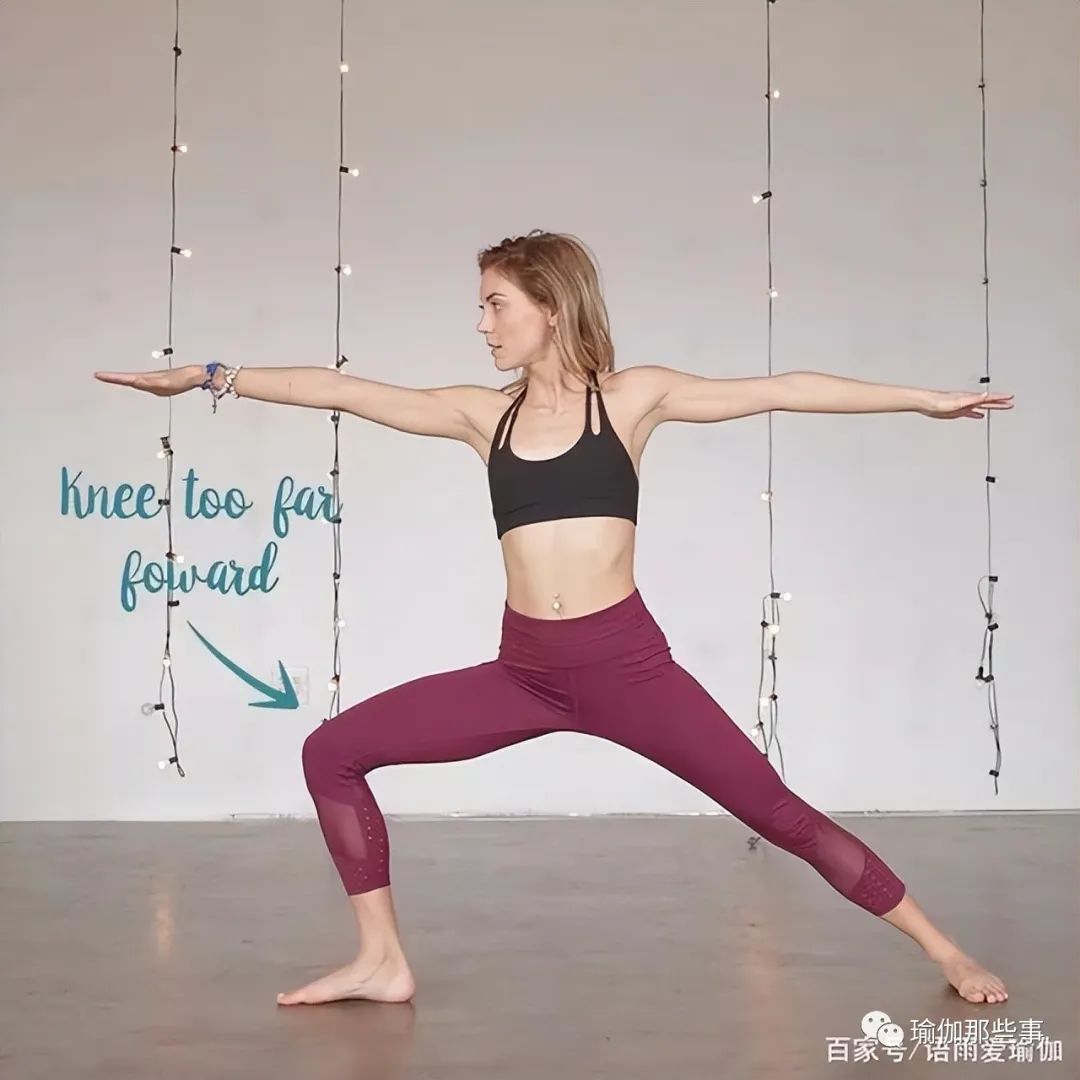If you tend to overstretch in yoga practice (your joints are beyond your range of motion), you should protect yourself from injury by strengthening and adjusting.

So what is overstretching? Overextension means that the angle of the joint exceeds 180 degrees.

For example, the elbow should be in a straight line when it is normally stretched.

When the extension angle exceeds the original physiological curvature, overextension means that the elbow is overextended.

Over extension means: 1 The joint is no longer stable.

The stool is a bit like a three legged stool.

The top begins to close and gradually widens on the ground.

The weight is too large.

As time goes on, the position of the stool will become lower.

The weight of one corner is too large, and the stool inclines to one side.
2.
over extension of joints if the said stool does not have a fully connected hinge at the center of each leg, you can imagine the possible collapse and possible injuries, such as human arms or legs! In our body, many joints are hinge joints, surrounded by supporting tissues, which are designed to bind and maintain the active stability of joints.
One is similar to the elastic ligament, once they stretch too far, they will not return to their original elasticity; The other is muscle.
When the muscle becomes stronger, it can reduce the pressure on bones and ligaments.
When the muscle strength is insufficient to support the bones and ligaments in the deep yoga pose, the ligaments will be forced to do more work and will often be compensated by over stretching.
When you quit the yoga pose, the ligaments will not return to the normal tension state, so you cannot stabilize the joints in daily activities.
This can lead to ankle sprains, back pain, shoulder problems, etc.
After the ligament loses elasticity, it is difficult to recover.
In general, in yoga poses without hyperkinetic joints, the ligaments do not overstretch, they extend to the distance the joint moves, and the bones prevent additional activity, so the ligaments cannot be overstretched.
How to prevent overstretching in yoga postures if you overstretch in practice, make sure you always increase the activity of the muscles on both sides of the joint with a larger range of motion.
Also, try strength exercises that focus on posture, not stretching.
Especially the Warrior series is very useful for this.
Excessive activity of the backbend can cause physical pain.
If you overstretch at the spine, exercise at the core to keep your back bent and your standing posture safe.
Practice bringing in and tightening the ribs to the centerline.
Take time to practice.
The stronger your core muscles, the better your spine will be protected.
As you gain strength, try adding the core to the back bend to protect your back.
It will be safer.
Dragonfly pose in dragonfly pose, the knees are protected by slightly bending the knees and placing a blanket under the joints.
Then, look at the feeling that the toes only bend back and press into the foot ball like wearing high heels, rather than bending back from the ankle.
This will allow the muscles of your entire leg to move, creating strength in the tissues around the knee joint.
If you notice overextension, stick to the passive position.
When the hamstrings are flexible enough, you don’t need to stretch, so you can relax the legs into the pelvis and maintain stability for a long time.
Use blankets or mats under your knees to prevent overstretching.
Forward bending when folding forward, including sitting and standing forward bending, please be careful not to lock your knees.
This will protect your hamstrings.
Staying in the phantom chair for a long time can strengthen the muscle tissue around the thighs and knees.
In the plank, or in the posture with your arms straight (e.g.
firefly, Handstand), please use the same technique to bend your elbows.
This forces the force to start around the muscles, not the joints.
This also relieves some stress on the ligaments so that they do not overstretch.
Please note that you will become stronger after a short time of practice! Try not to lock the joints, so you can focus on strengthening the surrounding muscles to support the joints.
To protect your shoulders from over stretching, use the following measures to strengthen opposing muscles and work on the trapezius (scapula and neck muscles), lateral back and upper back muscles, pectoralis major (chest muscles), and triceps brachii.
When you strengthen the muscles on the opposite side and / or the surrounding muscles, you can provide more support for the joints.
With all these adjustments, you won’t overstretch in stretching, but if you already know you overstretch, your focus is on deepening your exercises, keeping healthy and strengthening your joints and muscles.
It’s more about health and balance than deep entry into posture.
With practice, you will be able to return to your normal stretching state and make your muscles strong enough to protect the ligaments of the joints from over compensation…

